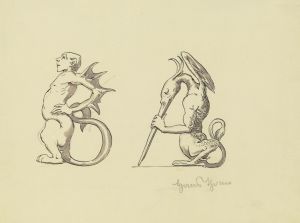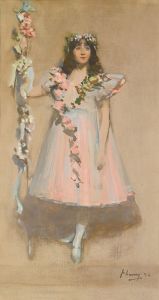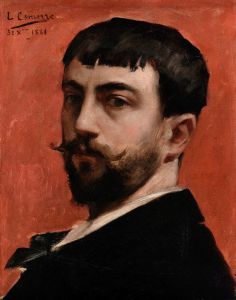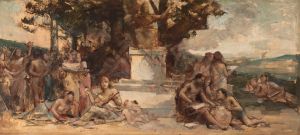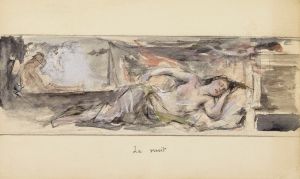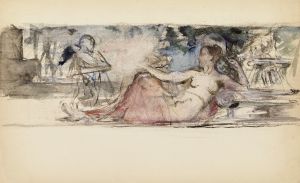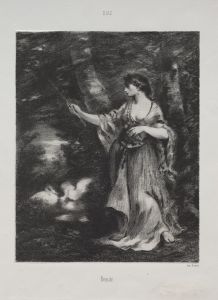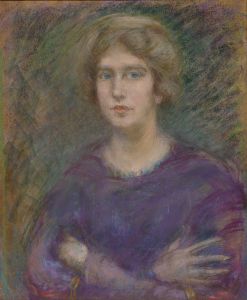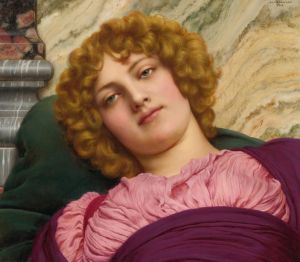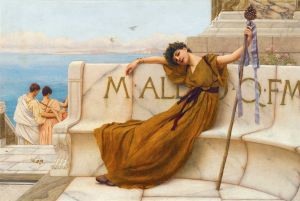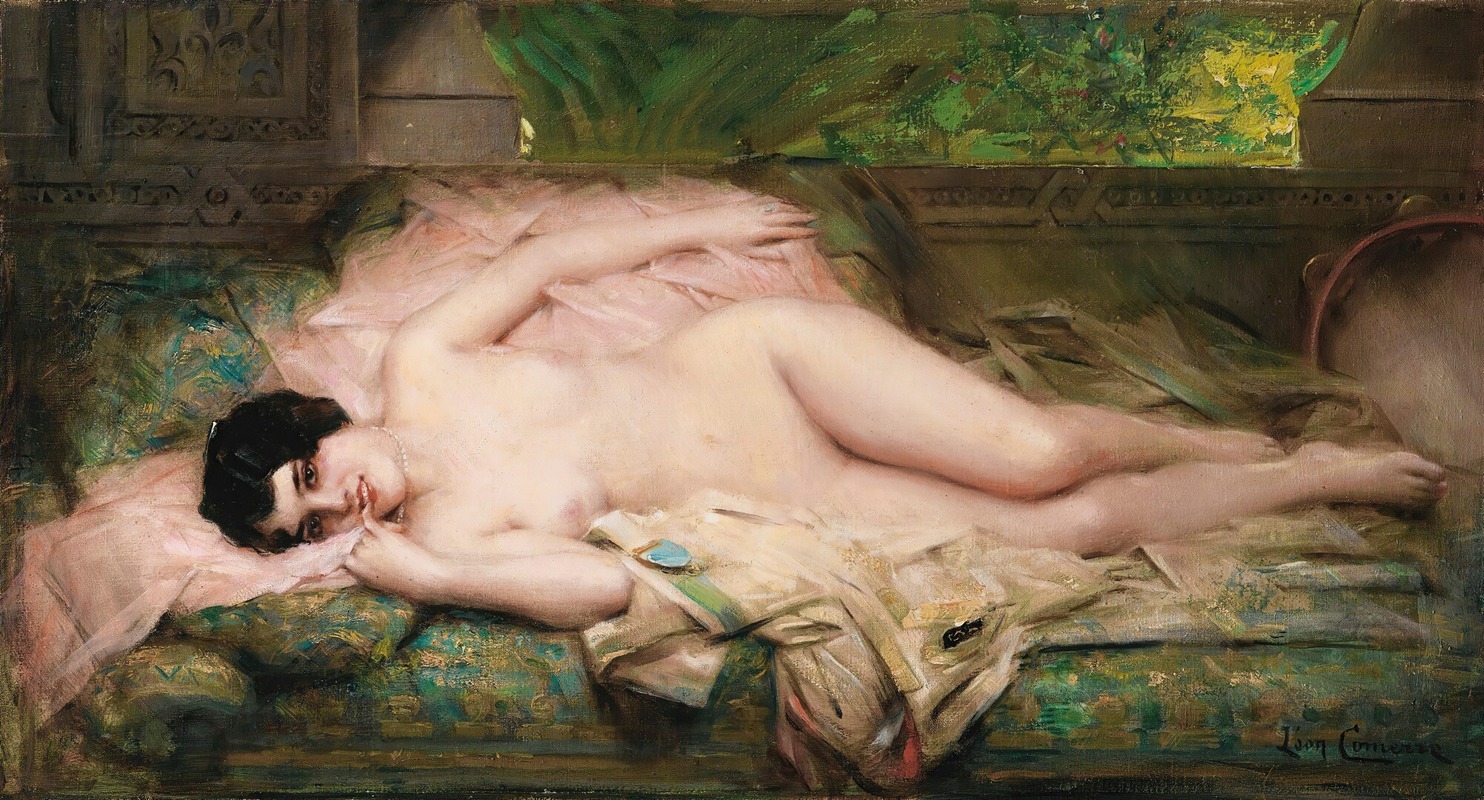
Fleur d’andalousie
A hand-painted replica of Léon François Comerre’s masterpiece Fleur d’andalousie, meticulously crafted by professional artists to capture the true essence of the original. Each piece is created with museum-quality canvas and rare mineral pigments, carefully painted by experienced artists with delicate brushstrokes and rich, layered colors to perfectly recreate the texture of the original artwork. Unlike machine-printed reproductions, this hand-painted version brings the painting to life, infused with the artist’s emotions and skill in every stroke. Whether for personal collection or home decoration, it instantly elevates the artistic atmosphere of any space.
Léon François Comerre was a French academic painter known for his portraits, genre scenes, and depictions of Orientalist themes. Born on October 10, 1850, in Trélon, France, Comerre developed a reputation for his skillful use of color and his ability to capture the delicate beauty of his subjects. He studied at the École des Beaux-Arts in Lille and later at the École des Beaux-Arts in Paris, where he was a pupil of Alexandre Cabanel, a prominent academic painter of the time.
One of Comerre's notable works is "Fleur d’Andalousie," which translates to "Flower of Andalusia." This painting exemplifies Comerre's fascination with Orientalist themes, a popular genre in the 19th century that romanticized and exoticized the cultures of the Middle East and North Africa. While specific details about "Fleur d’Andalousie" are limited, it is consistent with Comerre's body of work, which often featured women in elaborate costumes and settings that evoked a sense of exoticism and allure.
Comerre's paintings are characterized by their meticulous attention to detail and vibrant use of color. He often depicted his subjects in opulent surroundings, adorned with luxurious fabrics and intricate jewelry, which added to the sense of fantasy and escapism that was central to the Orientalist movement. His works were well-received during his lifetime, and he exhibited regularly at the Salon, the official art exhibition of the Académie des Beaux-Arts in Paris.
The Orientalist movement, of which Comerre was a part, was influenced by the increased contact between Europe and the Middle East during the 19th century, as well as by the Romantic movement's interest in the exotic and the unknown. Artists like Comerre sought to capture the perceived beauty and mystery of these distant lands, often through an idealized lens that reflected Western fantasies rather than authentic representations.
Comerre's "Fleur d’Andalousie" likely reflects these themes, portraying a subject that embodies the grace and elegance associated with Andalusian culture. Andalusia, a region in southern Spain, has a rich history influenced by various cultures, including the Moors, who left a lasting impact on its architecture, music, and art. While the painting's title suggests a connection to Andalusia, it is important to note that Comerre's work, like much of Orientalist art, may not accurately represent the realities of the region but rather an imaginative interpretation.
Throughout his career, Comerre received numerous accolades for his work. He was awarded the Prix de Rome in 1875, which allowed him to study in Italy, further honing his artistic skills. His paintings were also recognized with medals at the Exposition Universelle in Paris, and he was made a Chevalier of the Legion of Honor in 1903, a testament to his contributions to French art.
Today, Léon François Comerre's works, including "Fleur d’Andalousie," continue to be appreciated for their technical skill and aesthetic appeal. They offer insight into the 19th-century fascination with Orientalism and the ways in which artists like Comerre navigated the complex interplay between fantasy and reality in their depictions of foreign cultures. While modern perspectives may critique the Orientalist approach for its lack of authenticity and cultural sensitivity, Comerre's paintings remain a significant part of art history, reflecting the tastes and attitudes of his time.





